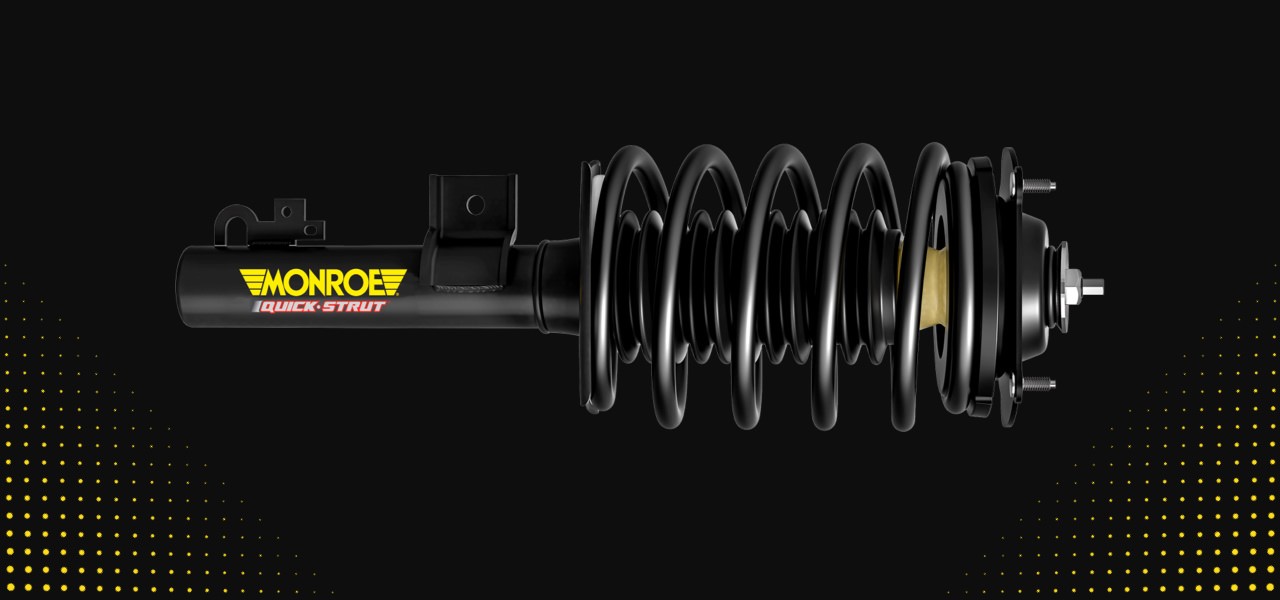
What Every Technician Needs to Know About Coil Springs
About Coil Springs
Working together to absorb impacts and help keep the tires in contact with the road, coil springs and shocks/struts are key parts of a vehicle’s ride control system. Made of wound metal, coil springs are designed support the vehicle’s weight. They compress and absorb road impacts, allowing the frame and body of the vehicle to experience minimal disturbances when riding over bumps such as railroad tracks or dips such as potholes. Coil springs also help prevent the vehicle from bottoming out when loaded or during adverse driving conditions by working to maintain optimal ride height as determined by the manufacturer.
Replacing the coil springs on a vehicle can have a dramatic impact on its ride and handling. From matching OE performance to achieving improvements in performance, using the right coil spring is vital.
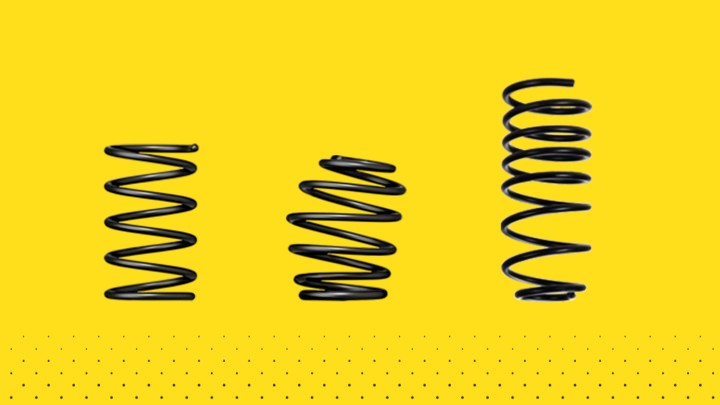
What Goes into a Quality Coil Spring?
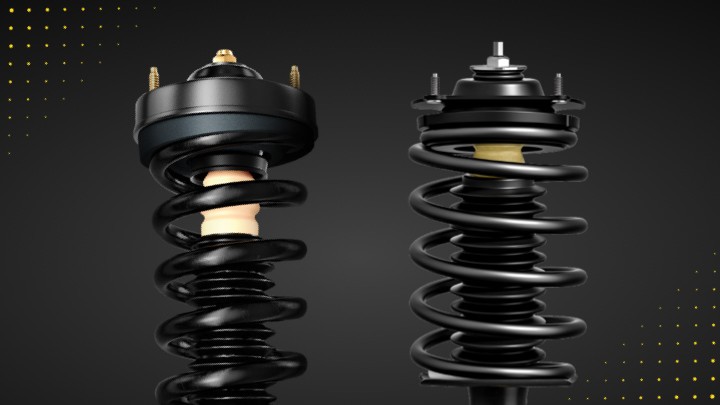
Coil springs have direct effect on the ride profile of a vehicle. Several factors contribute to how a coil spring will perform on a vehicle:
Number of coils
More coils can support more weight, while too many can cause coil bind, a condition where the coils stack solid at or before full suspension compression. This can lead to suspension component damage.
Material & coating
A spring made from higher grade steel with quality coating like urethane or epoxy helps increase the durability of the spring. Bare steel or coils that are painted may not last as long as coils with a quality coating that helps keep the steel from rusting.
Wire diameter
The spring rate increases with a higher wire diameter. However, higher grade steel in combination with a smaller wire diameter can handle heavier loads.
Types of Coil Springs
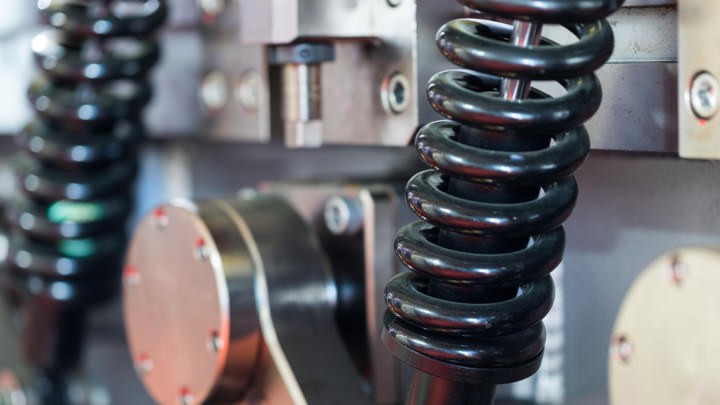
There are two main types of coil springs – constant rate coil springs and variable rate coil springs.
Constant Rate
Also known as linear rate springs, these springs feature evenly spaced coils for a uniform rate of compression. The spring compresses an amount proportional to the load being placed on the spring. Popular for heavy-duty and performance applications, when the correct constant rate spring is chosen it helps improve ride quality by reducing pitch and roll.
Variable Rate
Also known as progressive rate springs, these springs have coils that aren’t evenly spaced out. The spring rate changes dynamically as the spring is compressed, allowing it to have different spring rates. The coils that are spread apart provide a comfortable ride under normal conditions and when the vehicle is loaded, those coils become compressed. The tighter wound coils help prevent the vehicle from sagging excessively. Ideal for multipurpose vehicles used as daily drivers as well as hardworking activities like towing or hauling loads, variable rate coil springs can help reduce harshness and pitch and roll, and help avoid bottoming out under various levels of load conditions.
About Spring Rate
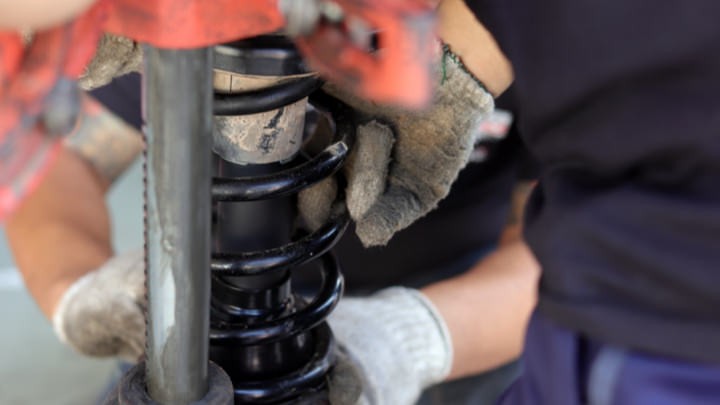
Also known as deflection rate, spring rate is a measure of a spring’s strength and is determined by the wire diameter, number of coils and quality of the steel. It is the amount of weight needed to compress the coil spring one inch. The OE spring rate can differ from one vehicle to another based on vehicle model, engine size, drivetrain (4W vs front wheel), transmission type (automatic vs manual), and other vehicle attributes that affect vehicle weight and ride profiles. In fact, within a single model, there can be different packages and trim levels that can affect spring rate.
It's important to match OE spec by application when it comes to spring designs to help restore OE ride height specifications assigned to each vehicle. Even a 15% reduction in ride height can cause the vehicle to noticeably sag and may affect wheel alignment which could result in accelerated tire wear.
Here are some additional things to know:
Quality Matters
A spring manufacturer can use its own formula to achieve the spring rate; they can alter the steel strength, wire diameter or number of coils to do so. Simply adding more coils to compensate for lower strength steel may not match the OE spring rate. The additional coils can stack up, creating touchpoints of the coils at or before full suspension compression and causing coil bind, potentially resulting in immediate suspension component damage.
Rate Differences
Spring rates can differ from the left side of the vehicle to the right. The design of the vehicle is a major factor in how the manufacturer determines the proper spring rate for each side. For example, many vehicles have the engine offset to the passenger side to make room for components like the accelerator and brake pedal. This can affect the spring rate of the right and left side of the vehicle. It is important to take this into consideration when it comes to individual coil springs or as part of a strut assembly - not matching the OE spring rate could compromise the vehicle’s performance.
Spring Technology
The suspension moves up and down and goes through an arc. The spring is bowed to match the arc that the suspension moves, putting unequal load on the strut. The rod in the strut then sees heavy inward and outward loads which can eventually result in wear.
Some springs are designed with a bend like a banana that offsets load experienced by strut and rod to improve strut durability.
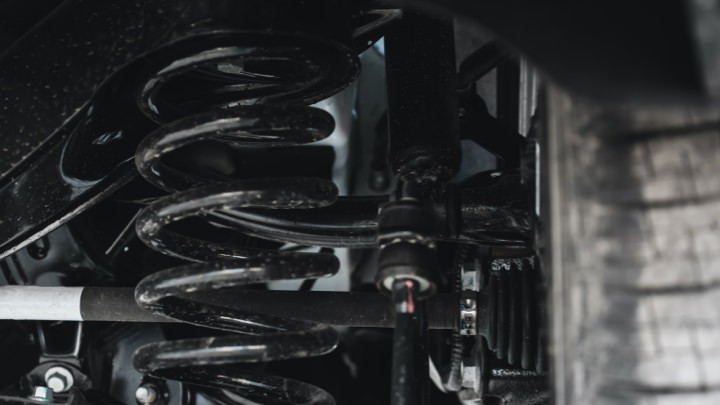
Selecting the Right Coil Spring
Diagnosing if the coil springs are worn is the first step; check out this ServiceGram for guidance.
When it comes to selecting the right coil spring for your vehicle, Monroe has taken the guesswork out of getting the right part. Whether it’s a Quick-Strut® strut assembly, a Magnum® strut assembly or a conversion kit, Monroe’s application-specific parts puts the right coil spring for your vehicle in an all-in-one solution that is easy to install.
Magnum
Designed specifically for hardworking half-ton trucks and vans that haul and tow, you get everything you need for a strut replacement in a single, fully assembled unit. Features a variable rate coil spring that delivers a comfortable ride and helps reduce sag when under load.
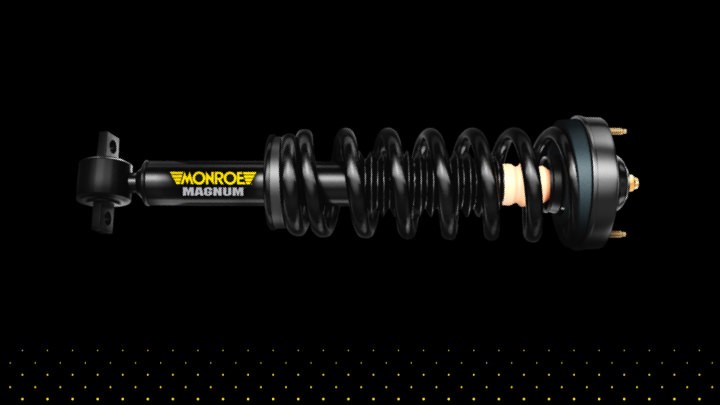
Quick-Strut
Application-specific coil spring, mount, and strut designs ensure optimized ride and handling experience unique to each vehicle profile. They’re fit checked, ride tested and engineered to restore factory ride height and ride performance.
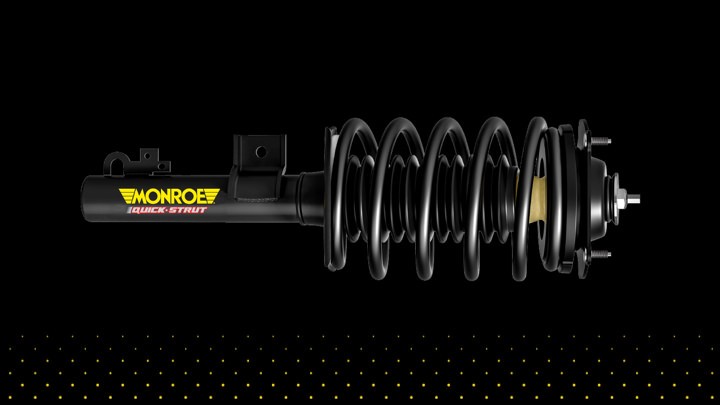
Air Spring Conversion Kit
Convert a vehicle’s factory-equipped air suspension to a conventional suspension with a suspension conversion kit. Includes premium components - application-tuned shock/strut, coil spring(s) and hardware.
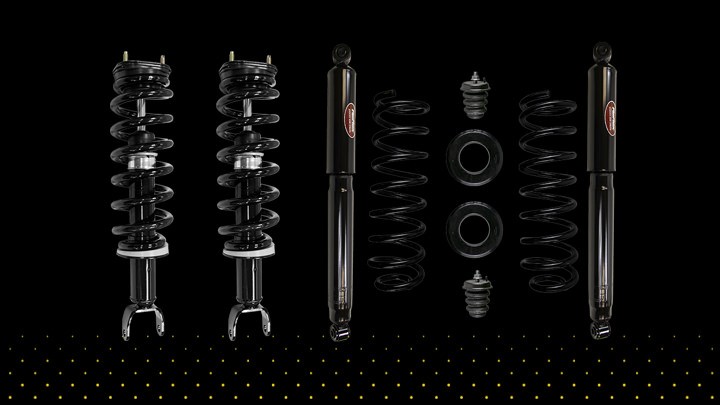
When it’s time to find your part, please keep in mind that while the individual base strut replacement part may cover many different vehicles, don’t assume that Monroe strut assemblies fit all the same vehicles. Since these are designed for your specific application spring rate, there might be a different Monroe strut assembly for the left and the right side of the same vehicle and/or different part numbers across model packages and trim levels with different attributes that can affect spring rate. Look up your part with Monroe’s easy-to-use part finder.
Learn more about quality suspension parts, find the right car part, or find a local repair shop today.
The content in this article is for informational purposes only. You should consult with a certified technician or mechanic if you have questions relating to any of the topics covered herein. Tenneco will not be liable for any loss or damage caused by your reliance on any content.